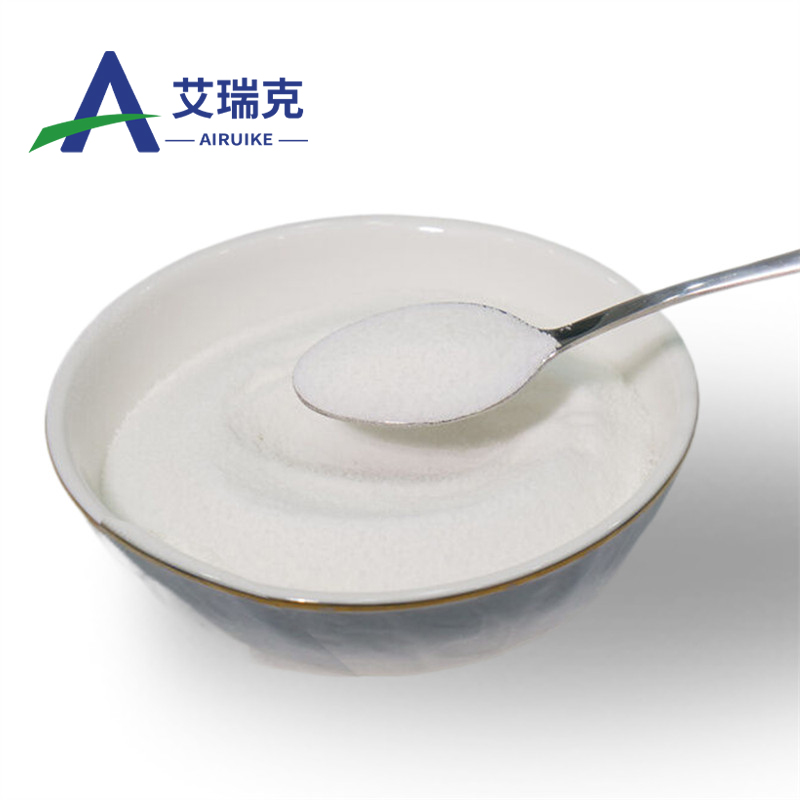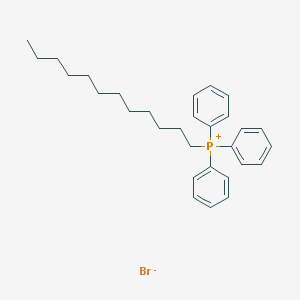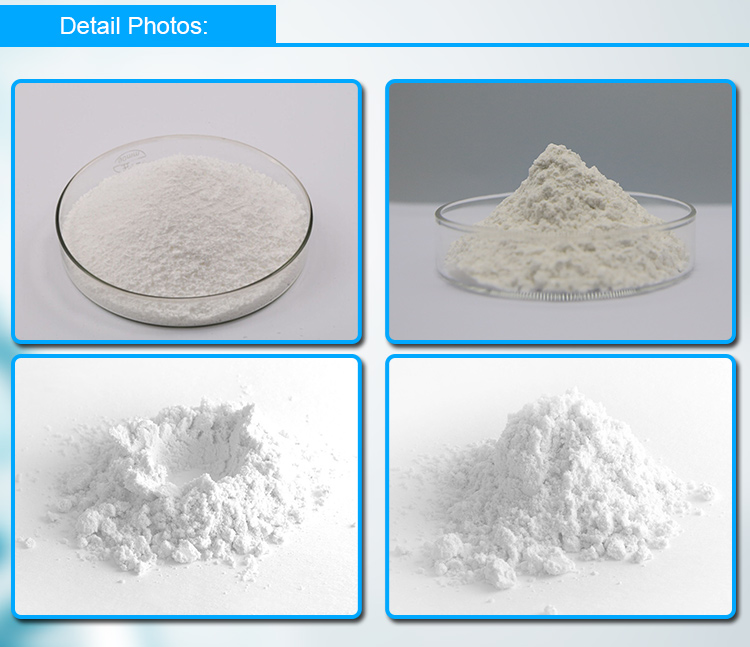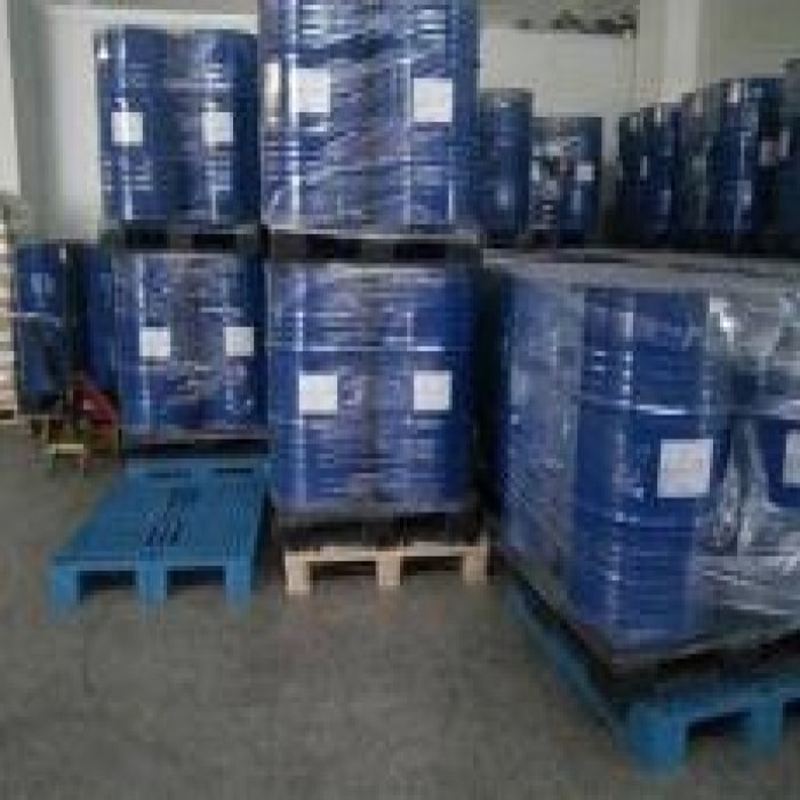Cosmetic Ingredient
- • Abrasive (124)
- • Absorbent (84)
- • Anticaking (66)
- • Anticorrosive (25)
- • Antifoaming (19)
- • Antimicrobials (290)
- • Antioxidant Ingredient (393)
- • Antiperspirant (20)
- • Antiplaque (48)
- • Anti-seborrheic (38)
- • Anti-sebum (39)
- • Antistatic (458)
- • Astringent (162)
- • Binding Agent (172)
- • Bleaching Agent (53)
- • Buffering (191)
- • Bulking (109)
- • Chelating (122)
- • Cleansing (679)
- • Cosmetic Colorant (212)
- • Cosmetic Preservative (158)
- • Denaturant (45)
- • Deodorant (98)
- • Depilatory (27)
- • Dissolving Agent (298)
- • Emollient (795)
- • Emulsifying Agent (480)
- • Emulsion Stabilising (154)
- • Exfoliating (19)
- • Film Forming (299)
- • Flavouring (72)
- • Foam Boosting (161)
- • Foaming (101)
- • Fragrance Ingredient (726)
- • Gel Forming (19)
- • Hair Conditioning (670)
- • Hair Dyeing (363)
- • Hair Fixing (36)
- • Hair Waving or Straightening (45)
- • Humectant (282)
- • Hydrotrope (92)
- • Keratolytic (20)
- • Light Stabilizer (80)
- • Moisturising Agent (50)
- • Nail Conditioning (42)
- • Occlusive (20)
- • Opacifying (119)
- • Oral Care (123)
- • Oxidising (19)
- • Perfuming (2105)
- • Plasticiser (98)
- • Propellant (19)
- • Reducing (50)
- • Refatting (12)
- • Refreshing (26)
- • Skin Cleansing (388)
- • Skin Conditioning (1751)
- • Skin Humectant (21)
- • Skin Protecting (282)
- • Smoothing (31)
- • Soothing (71)
- • Tonics (155)
- • UV Filter (34)
- • Viscosity Controlling (532)
Chemicals as Skincare Ingredients
Related News
Antimicrobials
Tetramethylolacetylenediurea
(5395-50-6)-
- / 0.00%
-
- / 99.00%
-
Pharmacy Grade / 0%
-
![Tetramethylol acetylenediurea buy Tetramethylol acetylenediurea]()
Industrial Grade / 99%
Request for quotation , get quotes from more suppliers.
-
![Dodecyltriphenylphosphonium bromide buy Dodecyltriphenylphosphonium bromide]()
Industrial Grade / 99.0%
-
![Dodecyltriphenylphosphonium bromide buy Dodecyltriphenylphosphonium bromide]()
-
![Dodecyltriphenylphosphonium bromide buy Dodecyltriphenylphosphonium bromide]()
-
![Dodecyltriphenylphosphonium bromide buy Dodecyltriphenylphosphonium bromide]()
Industrial Grade / 99%
Request for quotation , get quotes from more suppliers.
Densil P
(2527-58-4)-
- / 99.00%
-
-
-
![2,2'-dithiobis[N-methylbenzamide] CAS NO 2527-58-4 buy 2,2'-dithiobis[N-methylbenzamide] CAS NO 2527-58-4]()
Industrial Grade, Feed Grade, Food Grade, Pharma Grade / 99%
$11.11/KG EXW
Request for quotation , get quotes from more suppliers.
-
- / 99.00%
-
Industrial Grade / 99%
-
Pharmacy Grade / 99%
-
Medical Grade / -
Request for quotation , get quotes from more suppliers.
Benzenesulfonamide, 4-(aminomethyl)-, hydrochloride (1:1)
(138-37-4)-
![Mafenide hydrochloride buy Mafenide hydrochloride]()
Industrial Grade / 99.0%
-
![Mafenide hydrochloride buy Mafenide hydrochloride]()
-
![Mafenide hydrochloride buy Mafenide hydrochloride]()
-
![Mafenide hydrochloride buy Mafenide hydrochloride]()
Industrial Grade / 99%
Request for quotation , get quotes from more suppliers.
Hypochlorous acid
(7790-92-3)-
Industrial Grade / 90%
-
Pharmacy Grade / 99%
-
Industrial Grade / 99%
-
![hypochlorous acid buy hypochlorous acid]()
Request for quotation , get quotes from more suppliers.
Macelignan
(107534-93-0)-
Pharmacy Grade / 99%
-
![Anwuligan buy Anwuligan]()
Industrial Grade / 99.0%
-
![Anwuligan buy Anwuligan]()
-
![Anwuligan buy Anwuligan]()
Request for quotation , get quotes from more suppliers.
-
Industrial Grade / 99%
$10-12/KG FOB
-
Feed Grade / 99%
-
- / 80%
-
![decyldimethyloctylammonium chloride buy decyldimethyloctylammonium chloride]()
Industrial Grade / 99.00%
Request for quotation , get quotes from more suppliers.
-
- / 0.00%
-
- / 99.00%
-
Top Product / 0%
-
Food Grade / 10%
Request for quotation , get quotes from more suppliers.
Perillyl alcohol
(536-59-4)-
Pharmacy Grade / 99%
-
![DIHYDRO CUMINYL ALCOHOL buy DIHYDRO CUMINYL ALCOHOL]()
Industrial Grade / 99%
-
![Perilla alcohol buy Perilla alcohol]()
-
![DIHYDRO CUMINYL ALCOHOL buy DIHYDRO CUMINYL ALCOHOL]()
Request for quotation , get quotes from more suppliers.
Source Antimicrobials Raw Materials by Region
More Information
Antimicrobial agents are used to inhibit the growth and spread of harmful microorganisms in the body. These agents are essential tools in combating bacterial, viral, and fungal infections, working to disrupt the mechanisms that allow these microbes to thrive.
Antimicrobial agents work by targeting and disrupting the vital functions of microorganisms, such as bacteria, viruses, or fungi, impeding their ability to grow and reproduce. Through various mechanisms, these agents effectively neutralize or inhibit the infectious organisms, promoting the elimination of the threat.
Causes of microbial infections
•Exposure to harmful bacteria, viruses, or fungi.
•Weakened immune system due to factors like stress or medical conditions.
•Poor hygiene practices or contaminated environments.
















![2,2'-dithiobis[N-methylbenzamide] buy 2,2'-dithiobis[N-methylbenzamide]](https://file.echemi.com/fileManage/upload/goodpicture/20210526/m20210526090153071.jpg)
![2,2'-dithiobis[N-methylbenzamide] CAS NO 2527-58-4 buy 2,2'-dithiobis[N-methylbenzamide] CAS NO 2527-58-4](https://file.echemi.com/fileManage/upload/cas/634/eb6841ef-8186-4ca0-b0b7-2a5b5477cf10.png)

![high purity hot sale Sodium [1,1'-biphenyl]-2-olate 99% high quality see COA KANBEI buy high purity hot sale Sodium [1,1'-biphenyl]-2-olate 99% high quality see COA KANBEI](https://file.echemi.com/fileManage/upload/goodpicture/20221207/m20221207194908317.jpg)






















